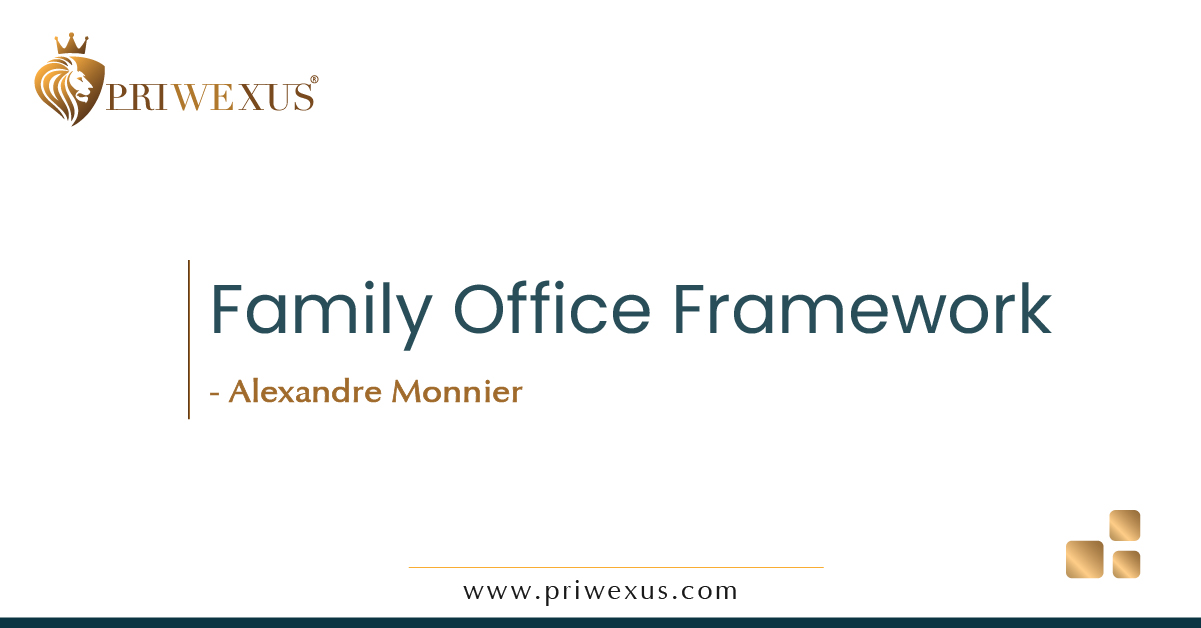
As the scope of a successful multi-generational, business-owning family’s activities expand and the family grows across generations, the organic shift from a business-centric family to a family-centric enterprise or “family enterprise” begins. The collective activities of the family grow beyond the boundaries of the original business. For example: a vacation property is shared with all of the children; a foundation board is formed to manage the philanthropic goals; or a pooled investment fund is created to manage the liquid assets distributed from the original business. Things start to get complicated, and before long the family is faced with the question of how to preserve the family wealth and well-being beyond the first generation.
Contrary to popular belief, it isn’t the size of the fortune that determines the family’s ability to build a successful family enterprise. Instead, there is a proven set of behaviors and practices that enable success. The first major steps are for family members to realize they have something worth pursuing together and to set goals to maintain the family’s financial and human capital for multiple generations into the future. That’s what we call “taking the long-term view” of the family enterprise. The key to achieving these goals is to follow the best practices used by hundreds of multi-generational families and do it in an integrated fashion. The Family Enterprise Framework, which is described in these pages, demonstrates how several systems, processes and disciplines come together to support the goals of the family.
Choosing to take the long-term view
Choosing to take the long-term view requires family members to formalize their commitment to each other and articulate the benefits of staying together for the long-term. Often, family enterprises will organize around family goals and priorities that relate to preserving different types of family capital. Some shareholders care most about the growth of the business capital; others care more about the growth of their social capital and its impact on the community; and still others care more about the growth of the human capital and the development of each individual shareholder. The family enterprise can support the interests of all family stakeholders, as long as the family possesses the necessary desire, creativity, flexibility and persistence. (See the Defining Enterprise Roles and Responsibilities diagram).
Working within the family enterprise framework
Building a family enterprise is like building a house. Several systems must come together in an integrated fashion to form the structure, and professionals from various disciplines must collaborate to build them, each following specific processes and using specialized tools and materials to carry out their part.
Family goals provide direction: Serving as the architectural blueprint are the family’s shared goals as they relate to family values, wealth, business and philanthropy. Successful multi-generational families revisit these goals with regular frequency to ensure that they continue to reflect the interest of the family’s current constituents.
Family processes provide structure and support: Like the shell of a house (the floor, walls and roof systems) the family processes provide consistency, shape, and structure to the family enterprise. These processes include establishing ownership and control, evaluating opportunities and risks; governing for shared decision-making, engaging and educating owners, providing family leadership and planning for succession. Proper execution of these processes is what ensures that not only wealth, but also legacy can be transferred from one generation to the next. If any one of them is weak or neglected, shared ownership will not be sustainable.
Family governance is especially important, providing the foundation on which to build. Without it, everything else falters. It is within the structure of governance that shared decisions for every other aspect of the framework are made. Family governance also provides oversight of all of the processes and financial solutions to ensure that they are executed in a way that is faithful to the goals and values of the family.
Integrated financial solutions provide power: As the electrical and mechanical systems provide the necessary power for the home, the integrated financial services (investment planning, risk planning, tax planning, estate planning, fiduciary planning, philanthropic planning, information management and reporting) work to translate the family’s goals into action.
A matter of emphasis
While the family must stay abreast of the workings of all aspects of the Family Enterprise Framework, some areas require greater focus from family members than others.
The family process areas (ownership and control, evaluation of opportunities and risks, owner engagement and education, family leadership and succession, and family governance) are those that require the greatest focus from family members. These are also the areas where the highly personalized service of a professional family office staff tends to add the greatest value.
Once high quality advice has been secured, the integrated financial solutions should require less focus in the form of day-to-day, hands on involvement. However, family oversight and regular assessment of performance is essential.
A flexible structure
The Family Enterprise Framework is flexible enough to support growth of the family enterprise and the inherent diversity of opinions that comes with it as long as there is the necessary desire, creativity, flexibility and follow through on the part of the family. Over time, as the number of shareholders increases, the beauty of the Family Enterprise Framework becomes increasingly apparent.

